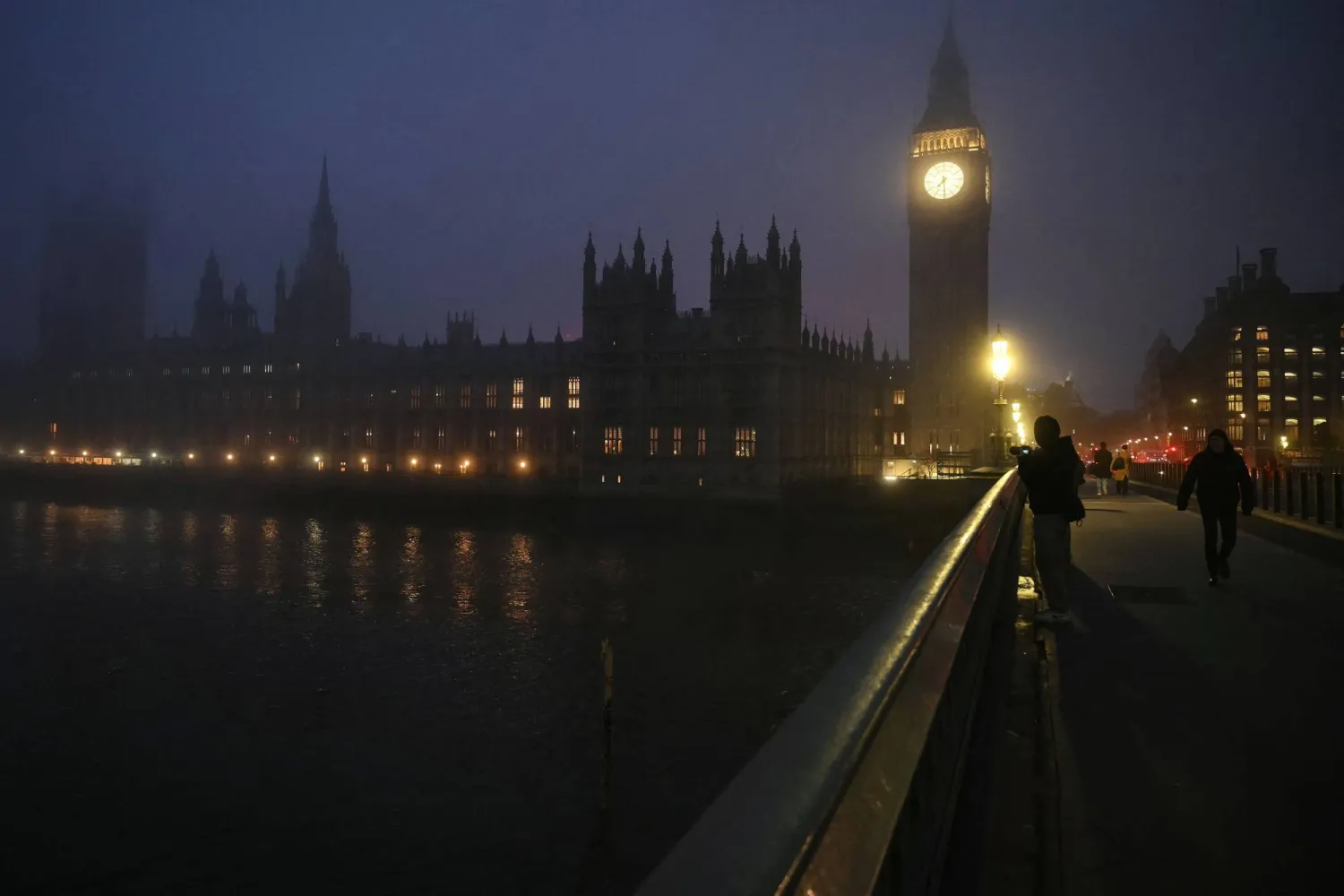Tesla is launching a free trial of its Full Self-Driving (FSD) service in China from March 17 to April 16, the company said on its Chinese website.
The limited-time trial is available to Chinese users whose cars are equipped with compatible assisted-driving hardware and software, as well as the newest version of navigation maps, Tesla said in its statement to users.
FSD is a suite of driving-assistance technologies developed with generative artificial intelligence to cope with more complicated traffic conditions.
Tesla is aiming for a full rollout of FSD this year, and is working with Chinese tech giant Baidu to improve the performance of the system, Reuters previously reported.
Tesla has offered such trials in the United States, where its FSD system does not require navigation maps to be accurate or up-to-date because local training of the AI helps the technology drive better.
But in China, Tesla has been unable to train the system with data from its 2 million EVs because of the country's data laws.









